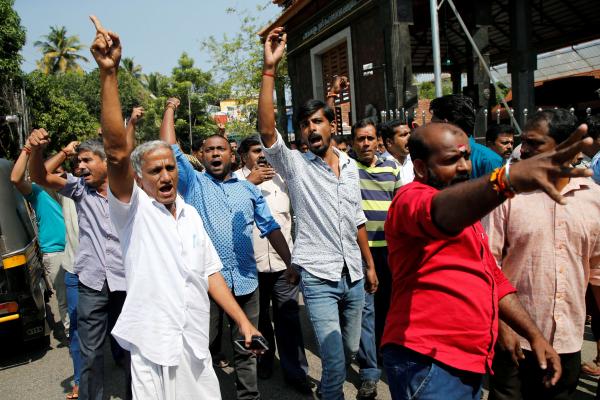Jan 25, 2019
India houses a potpourri of religions, castes, sub castes, and denominations. While 80 percent of Indians are considered ‘Hindus,’ many smaller denominations, castes, and tribes are clubbed under the term. When the Court passes a judgement on one particular religious group, it could have a bearing on other groups as well.
Read the Full Article

Already a subscriber? Login
